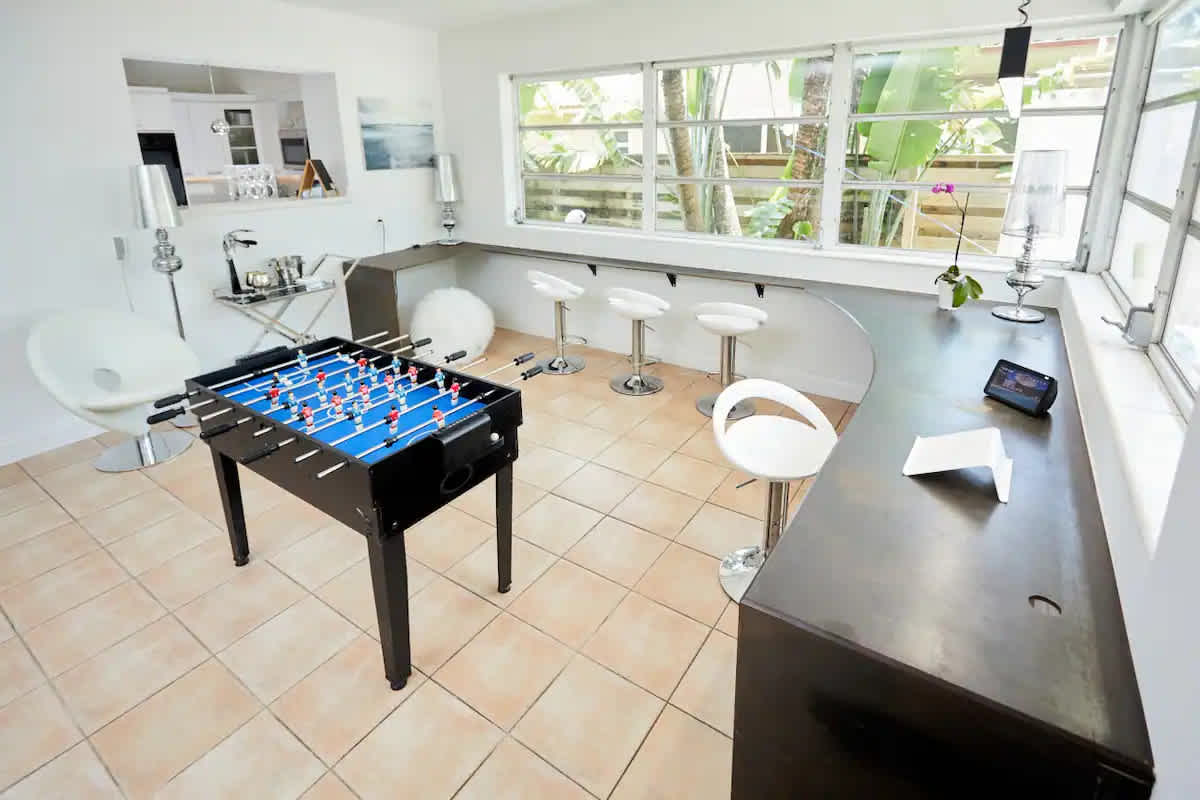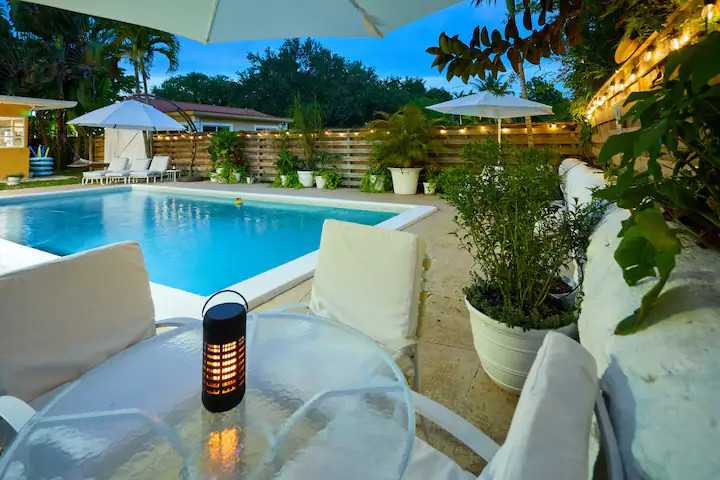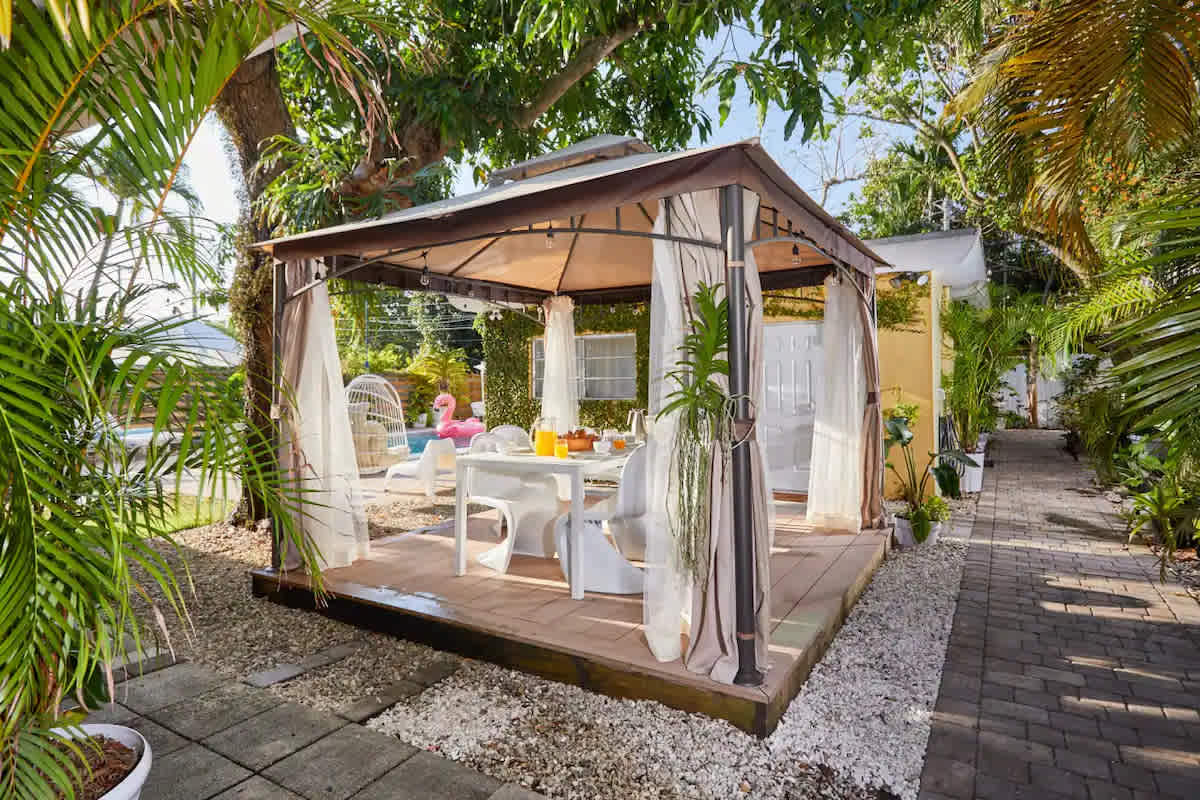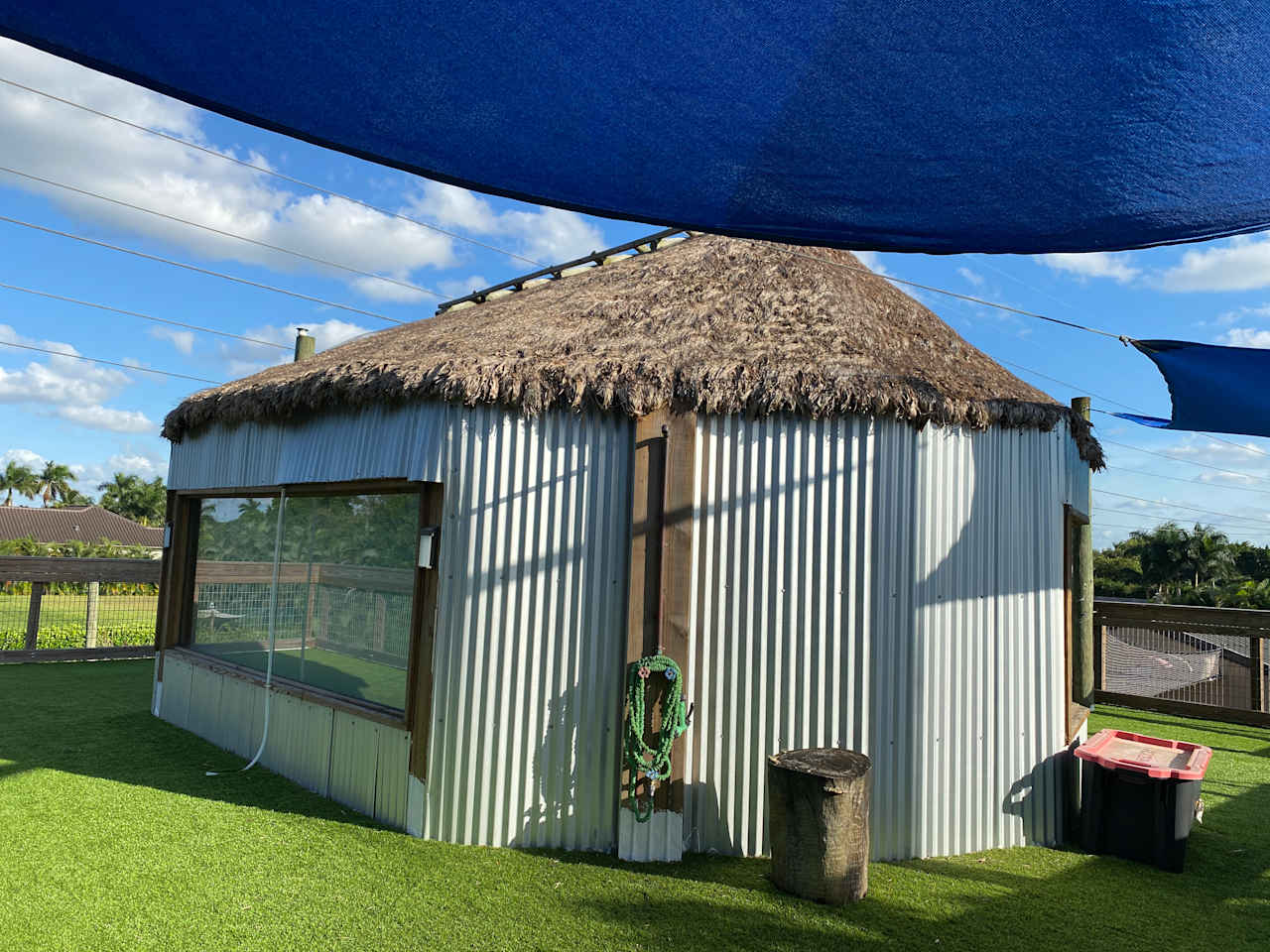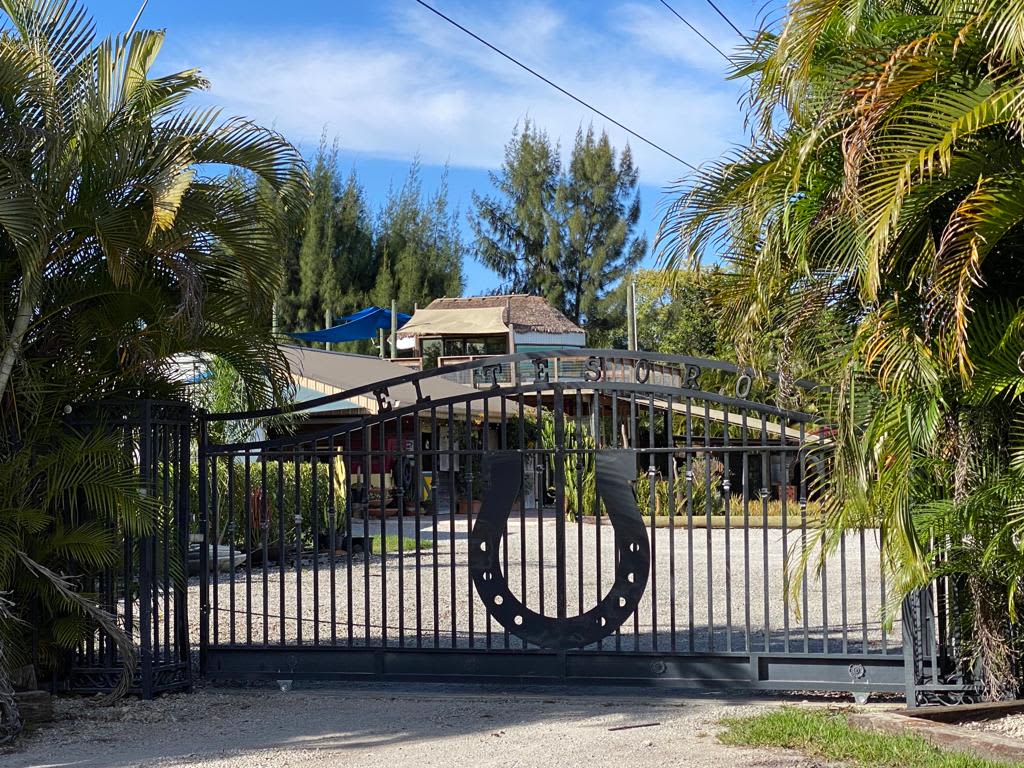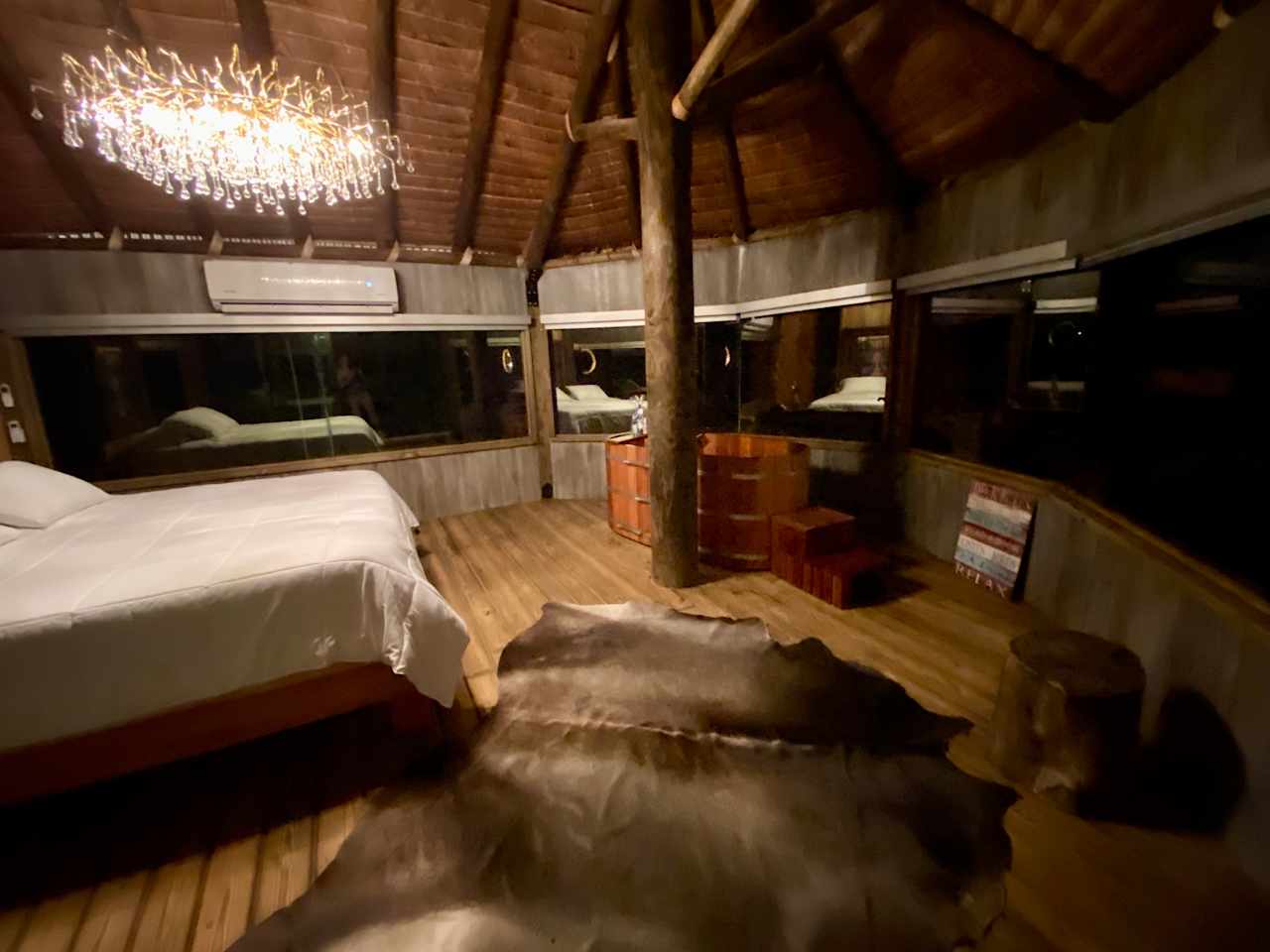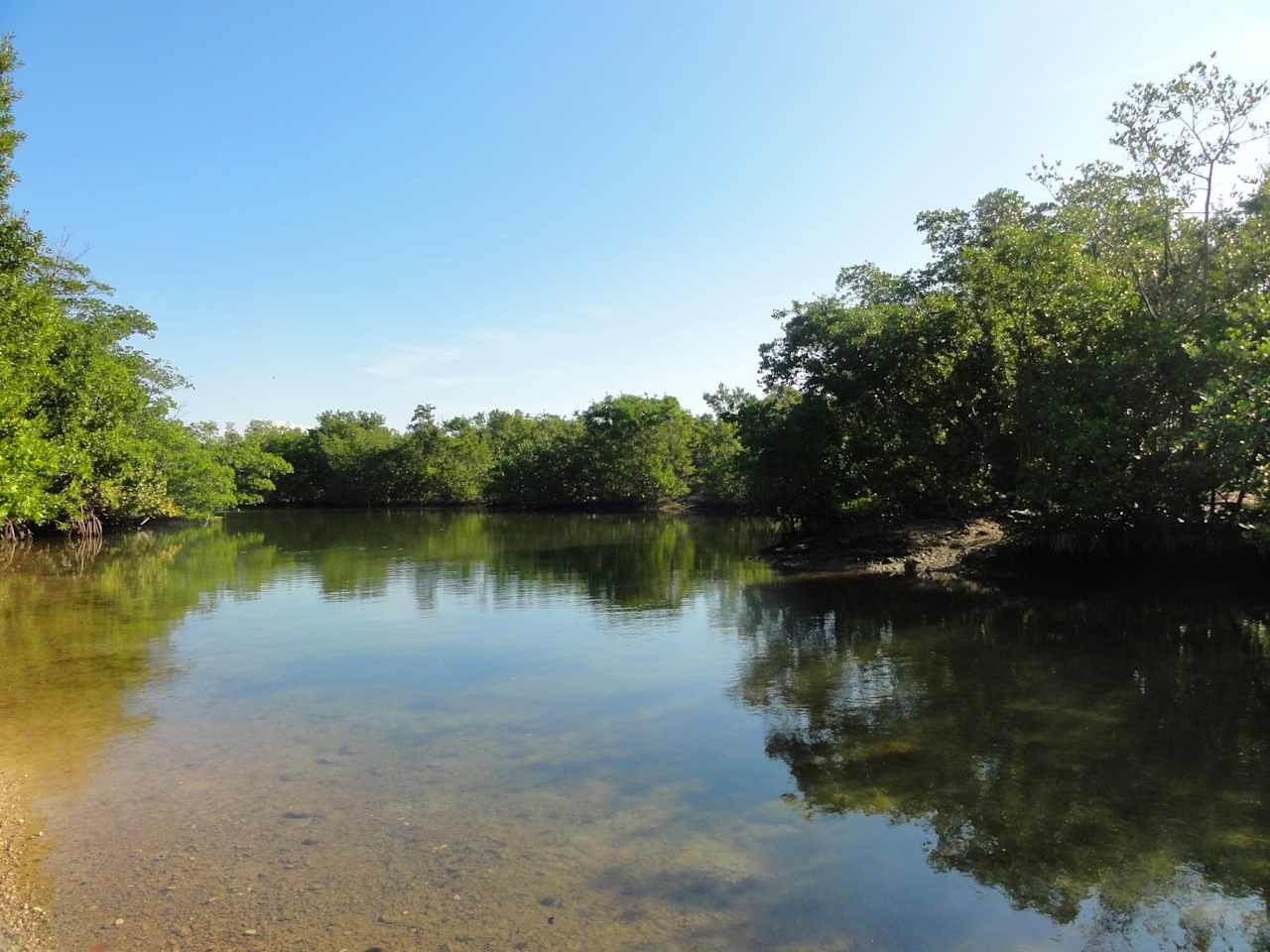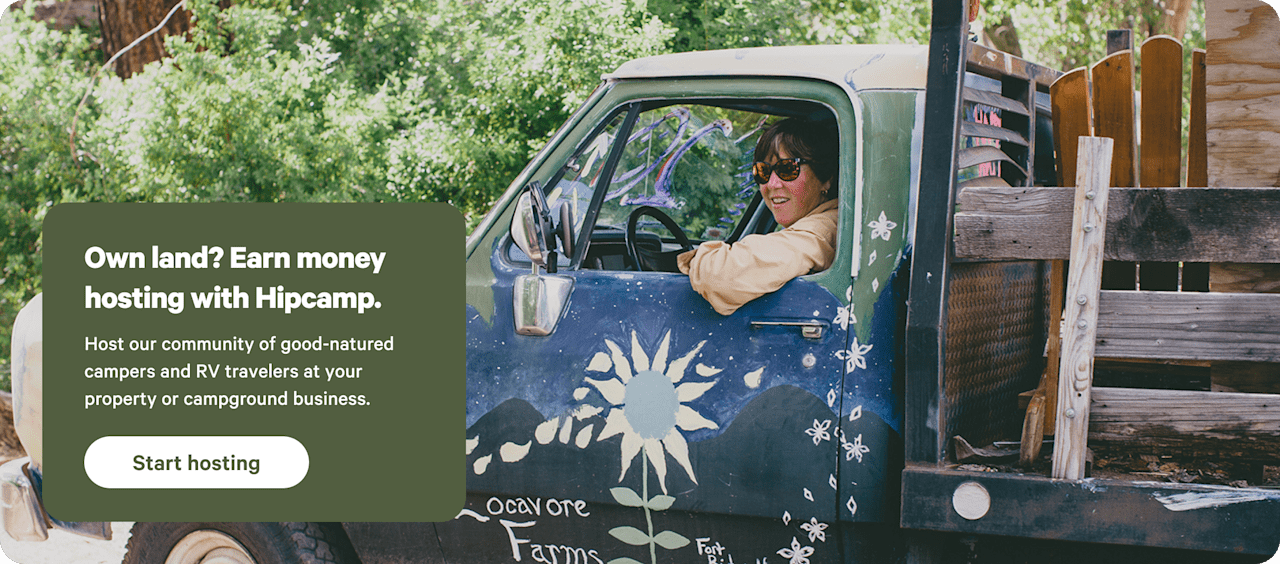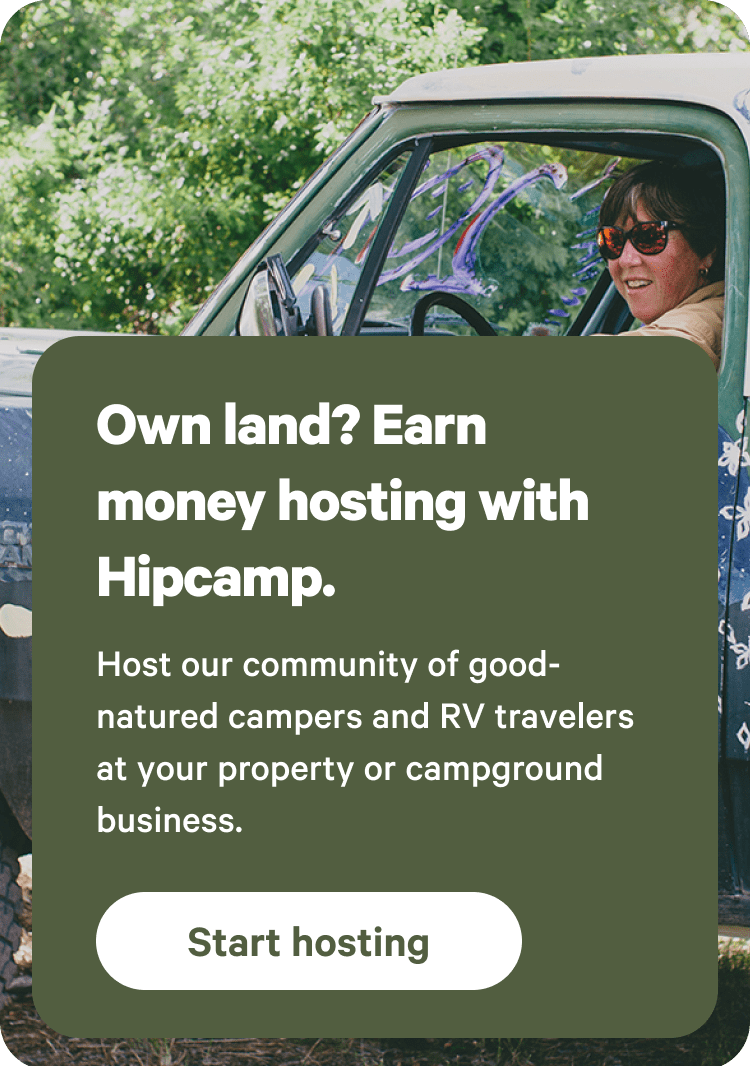Cabins near Fort Lauderdale
Experience unique natural habitats from wetlands to waterfront while camping near Fort Lauderdale.
- Fort Lauderdale
Popular camping styles for Fort Lauderdale
2 top cabins sites near Fort Lauderdale
Miami Pool Oasis
The Nest at El Tesoro
Nearby parks
Explore the area’s public lands.
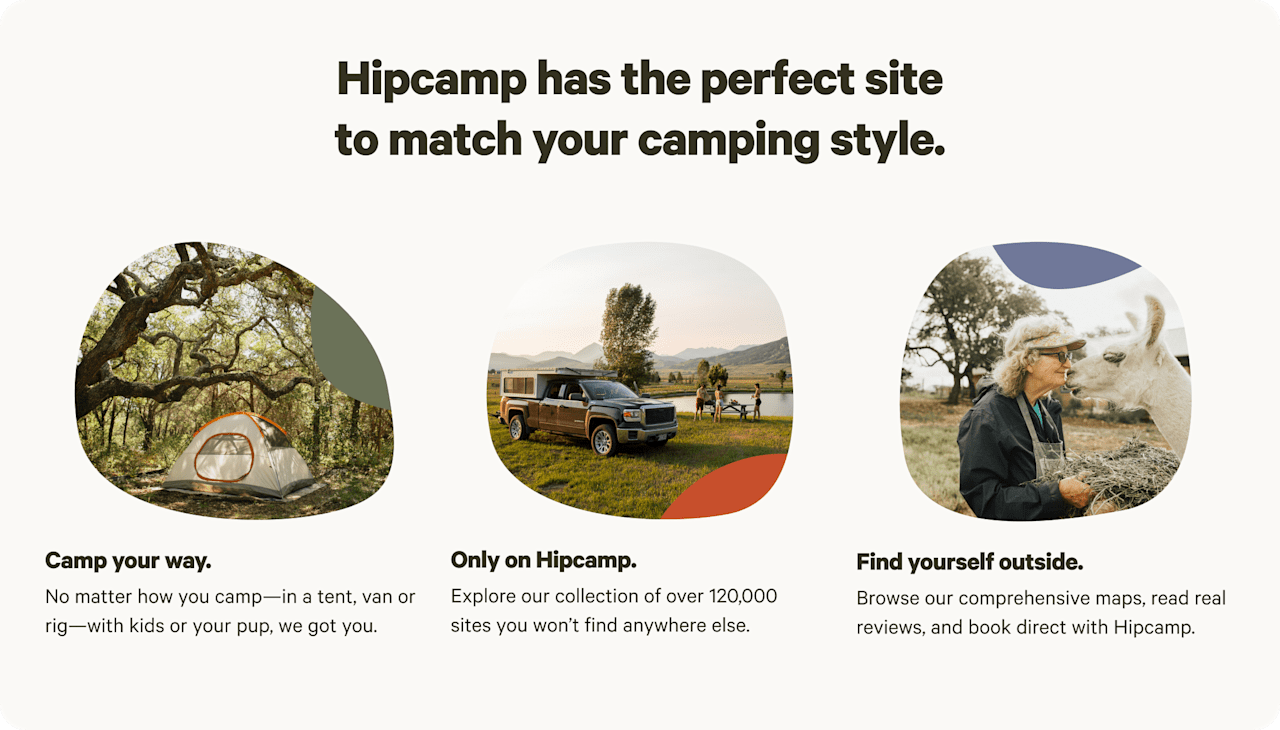

Cabins near Fort Lauderdale guide
Overview
Florida camping near Fort Lauderdale is just as much about the land as it is about the water. The pristine, aquamarine waters of the nearby Florida Keys call out to divers and snorkelers as they come face-to-face with sea turtles and more than 600 native fish. The saltwater marshes, wetlands, and mangrove forests offer a quintessential Florida experience with great wildlife viewing opportunities—tour by airboat to spot local gators and manatees. Hipcampers can rough it in the backcountry, with plenty of great hiking and biking spots or indulge in a glamping spot or peaceful cabin by the lake. Fort Lauderdale camping is as diverse as the area’s flora and fauna.
Where to go
Everglades National Park
Less than a 90-minute drive southwest of Fort Lauderdale, Everglades National Park covers over 1.5 million acres of wetlands. Hipcampers looking for a standard Florida wildlife adventure love exploring the marshes and mangroves, home to alligators, manatees, anhinga, and even Florida panthers. Choose between tent camping, RV camping, and group sites in the frontcountry, or go deeper to stay a few nights in the backcountry “chickees.” Accessible only by water, these wooden structures with thatched roofs and open sides stand a few feet above the water.
Biscayne National Park
Most parks have a lot of land, with maybe a river running through them or lakes in the middle. Biscayne National Park is the exact opposite: It’s mostly water with a few spots of land. Ideal for boating, canoeing, or kayaking, this is where you’ll find North America’s only living coral barrier reef. Dive among the wealth of biodiversity, including moray eels, sea turtles, anemones, dolphins, and more. Make advance reservations at Elliot Key Group Campground if you want campsite grills, showers, and drinking water.
Jonathan Dickinson State Park
North of Fort Lauderdale, just past the nightlife scene in West Palm Beach, Jonathan Dickinson State Park is the largest state park in southeast Florida. A nature lover’s paradise, its 11,500 acres of preserved coastal land are home to 13 natural habitats. Explore some of them via hiking trails, boat tours, canoeing, or even horse-pulled wagon and watch the landscape transition from mangrove swamps to coastal sand hills, pine scrub forests, and upland lakes. The Elsa Kimbell Environmental Education and Research Center offers family programming, great for learning more about the area’s history. Don’t forget to visit the former home of Trapper Nelson, known as the “Wildman of the Loxahatchee.”
When to go
The best time to go camping near Fort Lauderdale is during the winter months, between December and April. It’s still quite warm, since this is Florida, after all. Daytime highs hover in the 70s with overnight lows in the 60s. Rain is minimal, and wildlife viewing is better during winter, too. Summer camping isn’t recommended, not only because of the unbearably hot temperatures, but because summer is the wettest, muggiest, and stormiest time with the added threat of hurricanes.
